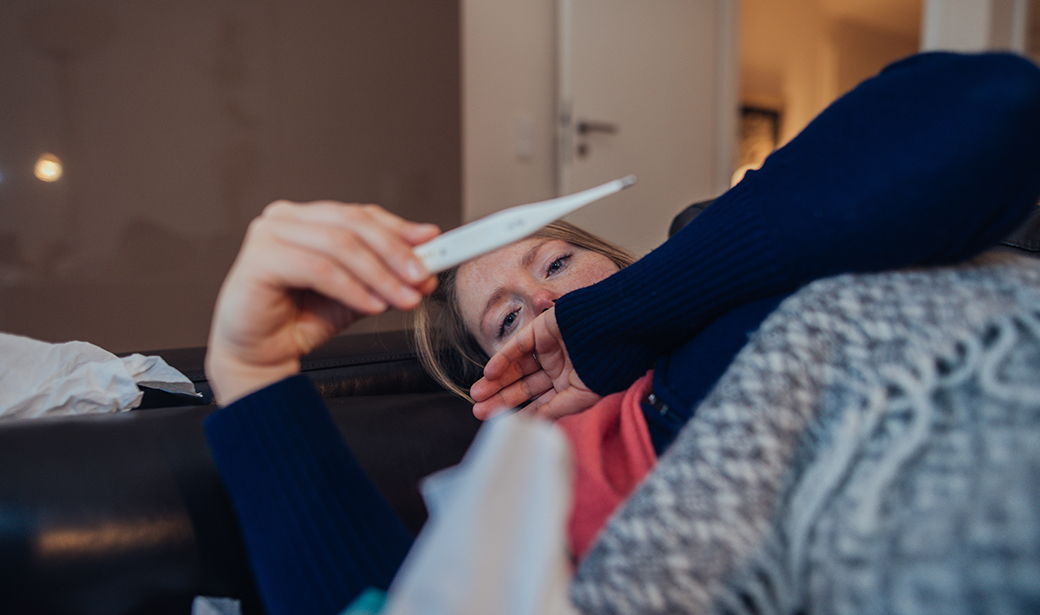By now, we should all be following best practices to steer clear of COVID-19 — getting vaccinated, washing our hands, practicing physical distancing, staying home when possible — but what happens if you do come in contact with the virus? Although COVID-19 is still new and there is a lot more to learn, here is a general rundown of the effect it can have on your body.
Phase One: Contact
As of now, we know COVID-19 is spread through water droplets expelled from the nose or mouth. If an infected person sneezes or coughs, another person can catch the virus by either directly inhaling the droplets or by touching a surface where the droplets landed and later touching their eyes, mouth or nose.
Phase Two: Upper Respiratory Tract
Once the virus enters the body, it begins to invade the cells that line the nasal cavity and throat. For a vast majority of COVID-19 cases, this is where the virus remains. As the virus starts to take over and damage healthy cells, symptoms can start to appear in the form of a headache, sore throat or cough.
At this point, your body will recognize something abnormal is happening and trigger a generic immune response to create a “hostile environment,” which can cause you to develop a fever. Over time, the immune system learns more about the virus and adapts by creating specific antibodies to counteract it. This phase lasts about 5-7 days, and for many people, the COVID-19 infection ends here.
Phase Three: Lower Respiratory Tract
In some COVID-19 cases, the virus travels down into the lungs, leading to severe coughing and pneumonia. The virus attaches itself to two types of cells in the lung: goblet cells, which produce mucus, and cilia cells, which prevent the lungs from filling up with debris, such as dust, pollen and bacteria.
As these healthy cells get damaged and destroyed, the lungs can become inflamed and fill with fluid and debris, making it difficult to breathe. It can take several weeks to recover from this kind of viral pneumonia, but most recover within one to two weeks.
Phase Four: Critical Response
For a small percentage of people, COVID-19 can become critical or deadly. As the immune system tries to fight off the virus, it boosts production of white blood cells, which can leak into the lungs. Flooded by debris, fluid and white blood cells, the lungs become overwhelmed and unable to able to carry out their normal functions. At this point, patients require assistance from a ventilator until their lungs can heal enough to breathe on their own.
In the most critical of cases, bacterial infections can arise and overwhelm an already weakened immune system, leading to organ failure and death.
Although these symptoms and the uncertainty around COVID-19 can be scary, following public health guidelines is the best thing you can do to protect yourself and others from contracting the virus. Keep doing your part, and together we can beat COVID-19.



